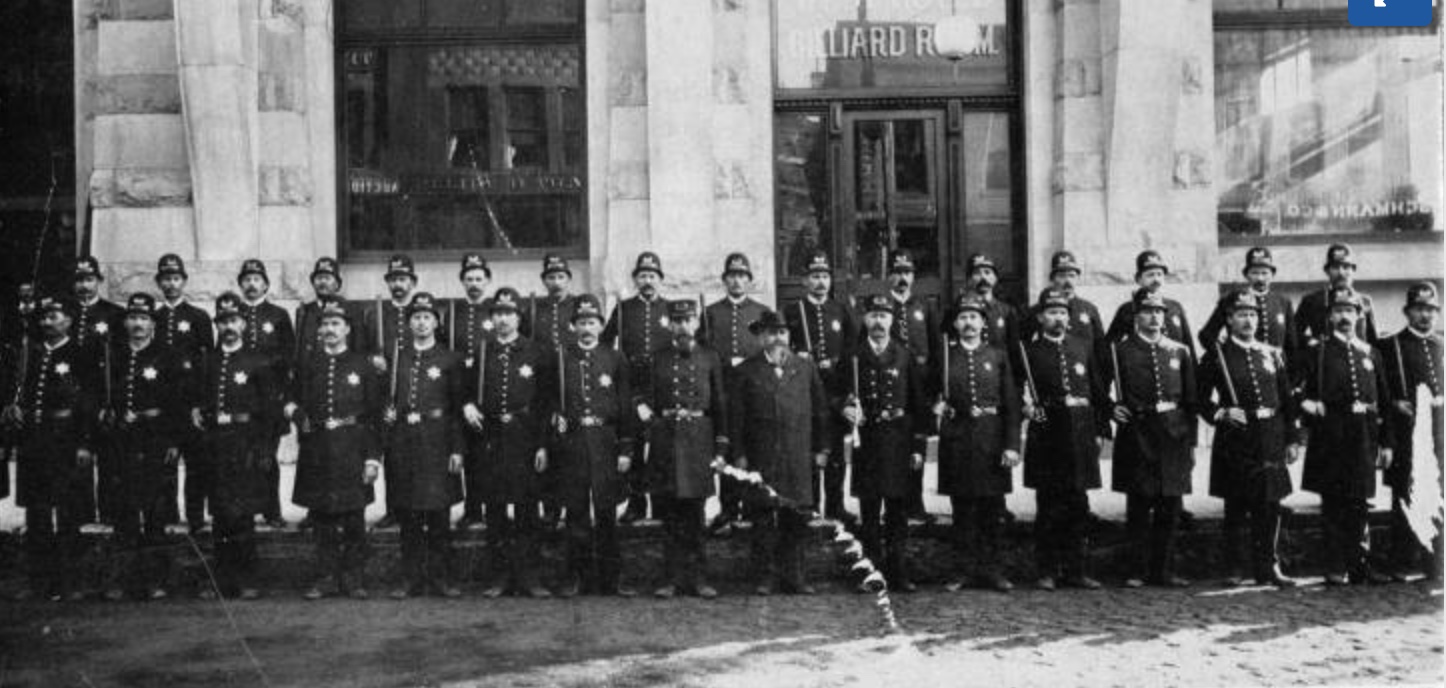The Minneapolis Police Museum is unique in its ability to promote a common understanding of the heritage of the Minneapolis Police Department and its contributions to the City of Minneapolis though the stories of our officers and the neighborhoods they have served.
We share our stories with the intention of fostering empathy, interest and understanding.
Photograph above of President Grover Cleveland’s 1887 visit to Minneapolis courtesy of Hennepin County Library




